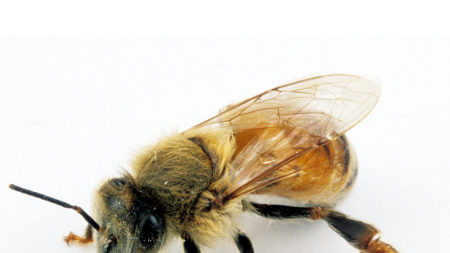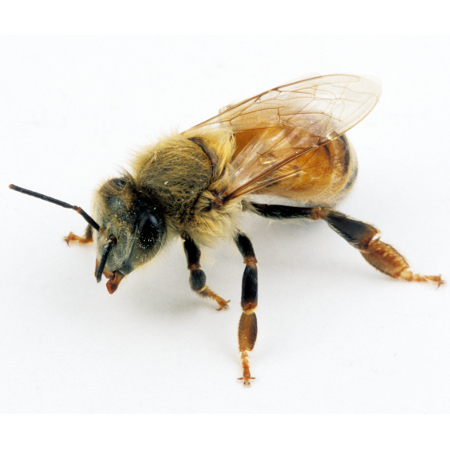A recent study found that 75% of honey bees around the world contain pesticides. The study, published in Science, showed that the contaminated samples, which were gathered from 200 sites around the world, contained pesticides called neonicotinoids.
Neonicotinoids, a common type of insecticide, can impair the brain function of bees, slowing down the growth of their colonies.
Environment Secretary, Michael Gove, said earlier this month that the UK would support a total ban on bee-harming pesticides. This came as a reversal on the Government’s previous position on neonicotinoid pesticides, with Gove saying that the new evidence indicated the risk to bees and other insects was “greater than previously understood”.
Researchers at Michigan State University (MSU) have discovered a way of maintaining pyrethroid pesticides’ effectiveness in eliminating crop damaging pests, without harming bees. Molecular tweaks can made the difference. Pyrethroid pesticides work by targeting the voltage-gated sodium channel – a protein found in nerve and muscle cells. They bind the voltage gate of the sodium channel and prevent it from closing. The nervous system becomes over-stimulated and the insect is killed. Ke Dong, MSUs insect toxicologist says, “This opens the possibility of designing new chemicals that target sodium channels of pests, but spare bees.”












